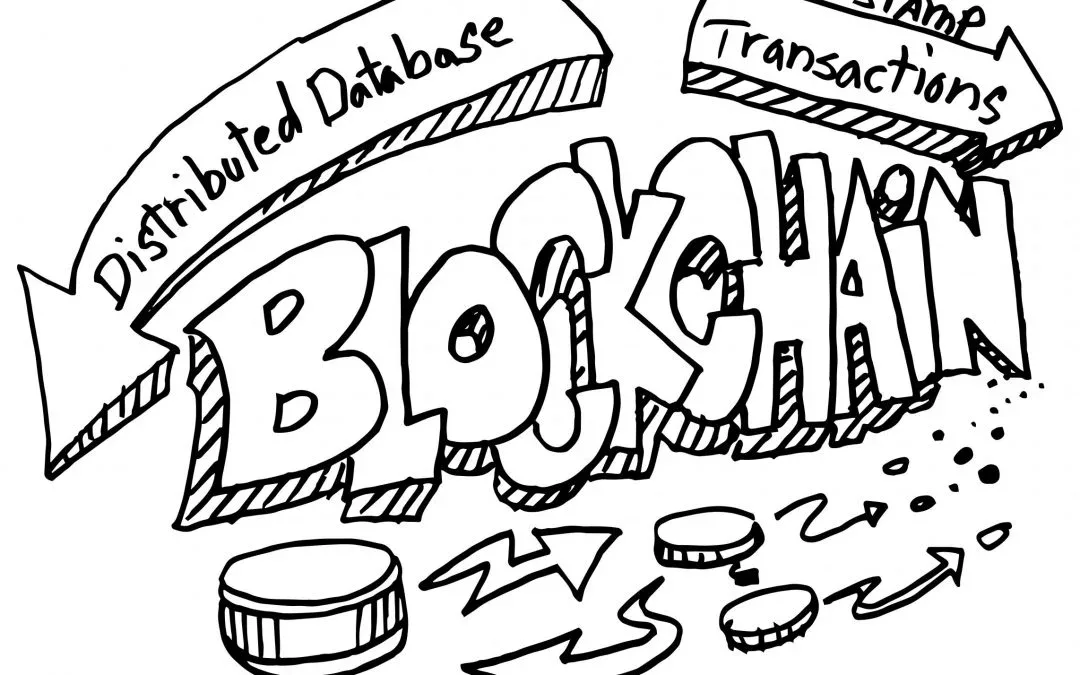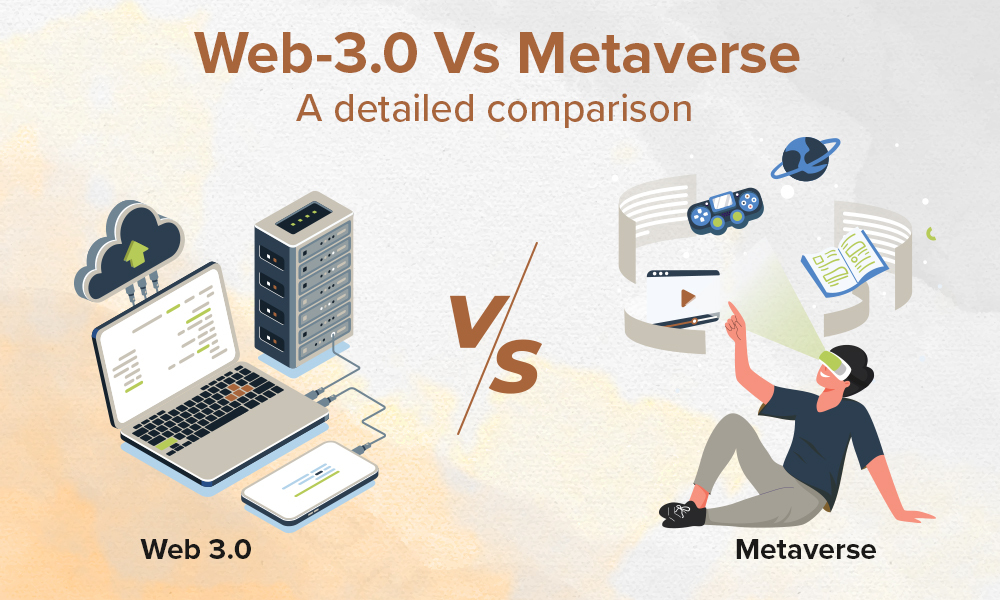You keep hearing the term more and more, your curiosity is growing, and you’ve realized that it’s more than just Bitcoin. So what is Blockchain?
It’s The Future
The blockchain is a distributed, decentralized, public ledger available to anyone, anywhere in the world, which stores all past cryptocurrency transactions. A completed and recorded transaction make up the block. It is constantly growing as completed blocks are added to it in a linear and chronological manner, making up the chain.
2009 – 2017 Blockchain Perception
The history of Blockchain cannot be discussed without mentioning the name Satoshi Nakamoto. According to Wikipedia, Satoshi Nakamoto is the name used by the unknown person or persons who designed bitcoin and created its original reference implementation. They also devised the first blockchain database as part of the implementation. In the process, they were the first to solve the double-spending problem for the digital currency.
On the 3rd of January, 2009, the bitcoin blockchain began confirming blocks of transactions (starting with the Genesis Block) on its decentralized network of nodes. The very first transaction contained the following text “The Times 03/Jan/2009 Chancellor on brink of the second bailout for banks”. The text which came from a newspaper headline that same day was the first extra data other than the transaction itself to be stored in the bitcoin blockchain.
The public was generally not aware of the blockchain technology at this stage and the knowledge was limited to a select few. At this point, bitcoin was mined by implementing the blockchain technology had literally no value. This remained so until somebody purchased a pizza with 10,000 bitcoins, and suddenly, this worthless entity gained a little economic value.
2013 Was The Pivotal Year
The blockchain technology didn’t catch the public eye until 2013 when the price of bitcoin surged to approximately $265. Unfortunately, many saw bitcoin as a get rich quick scheme and this brought about the bitcoin ice age. The ripple effect of this perception hindered startups in their ambition to connect to the existing financial infrastructure and vice versa. To overcome this obstacle, Bitcoin was reframed to focus on its underlying blockchain technology.
At the same time it opened up people’s eyes and minds to the chunk of problems blockchain could solve in virtually every industry. The blockchain is also the catalyst of the Altcoin market. As at 2015, the blockchain mindset revolved around applying the technology to increase margins and stay very competitive. It’s the safe way to go. It is precisely why most of the banks during this period joined consortiums to soon discover that there is more to the puzzle.
Internet 3.0 was Born
On June 30, 2015, Ethereum went live, becoming the largest news in crypto since the advent of Bitcoin. Ethereum, like Bitcoin, is powered by the blockchain technology. In 2017, the creator of Ethereum, Vitalik Buterin made it to the top ten of the most influential young people according to the Fortune Magazine. Some call him the crypto god, while some just idolize him.
And as the Bitcoin price is going for the race to the $7000 mark, the question remains how to bridge the cryptocurrency infrastructure and the legacy financial system. Cryptocurrency and blockchain technology hold great promise for our future. They have the potential to fundamentally change the very fabric of our global society. Giving billions of people access to a global financial system can do that, let alone the non-financial use cases that are just seeing the light of day. They can bring about greater transparency to industries that today operate without accountability.
Conclusion
Blockchain will go above and beyond simple transactions. Other uses of the blockchain include being used to record loans, making smart contracts, taking votes and stock transfers among other uses. Some potential uses are with smartcard payments – a contactless payment card that can process transactions through a blockchain. These may even begin to be in use as quickly as by the end of 2017.
A British start-up has developed a platform that uses the blockchain to track the origins of raw materials across global supply chains. In the future, this technology could be used for birth and death certificates, or even insurance claims. The possibilities are endless and people are constantly coming up with new ways to use the blockchain.
If you are interested in learning more about how you can understand and leverage cryptocurrencies and Initial Coin Offerings, sign up for our FREE email course in the form below!



.jpg)
